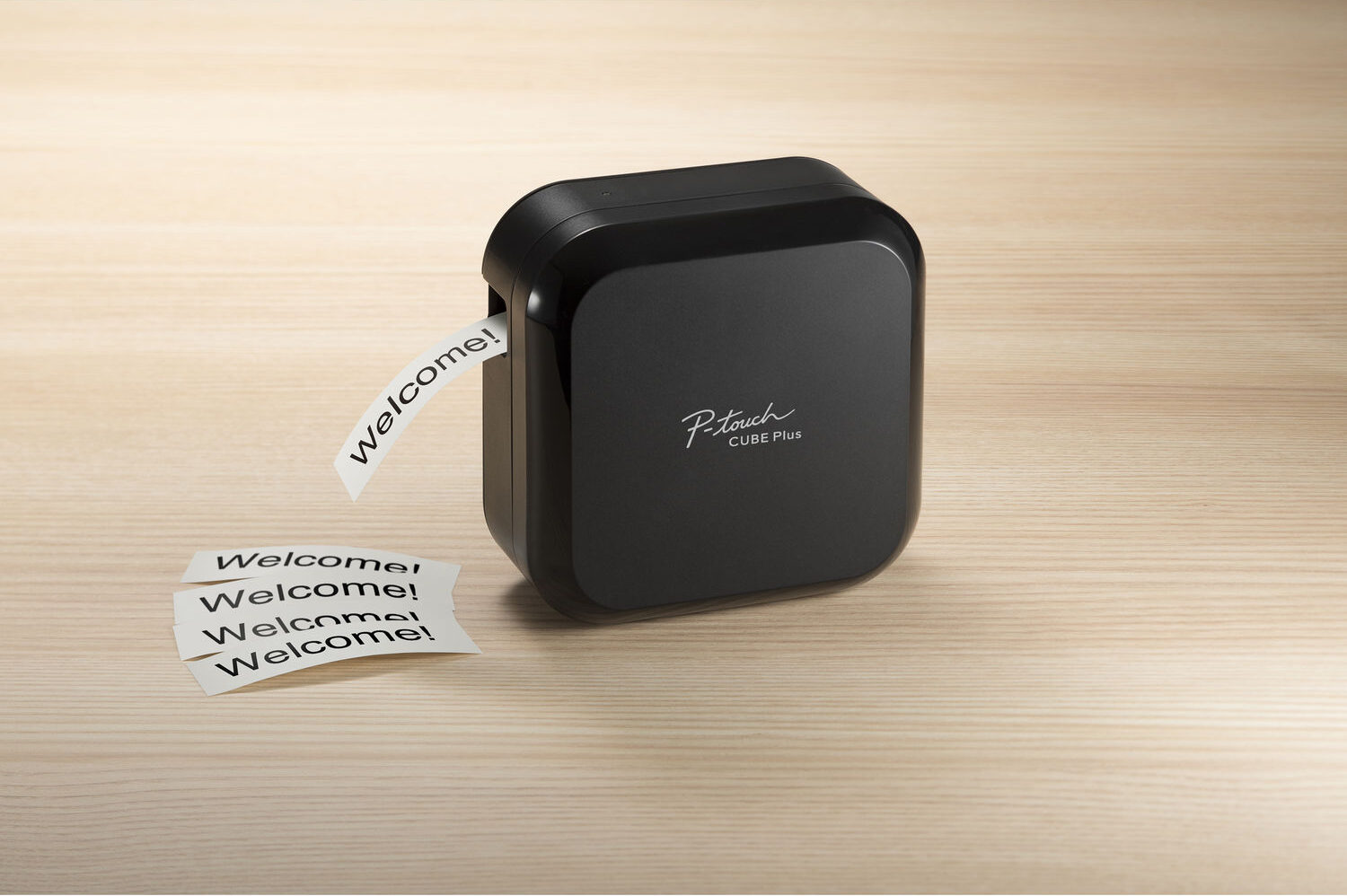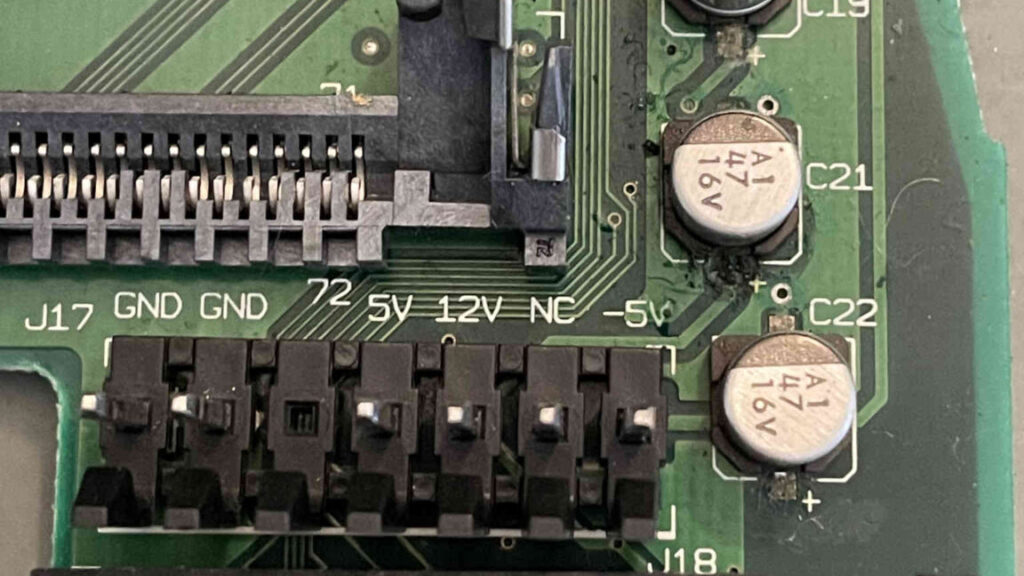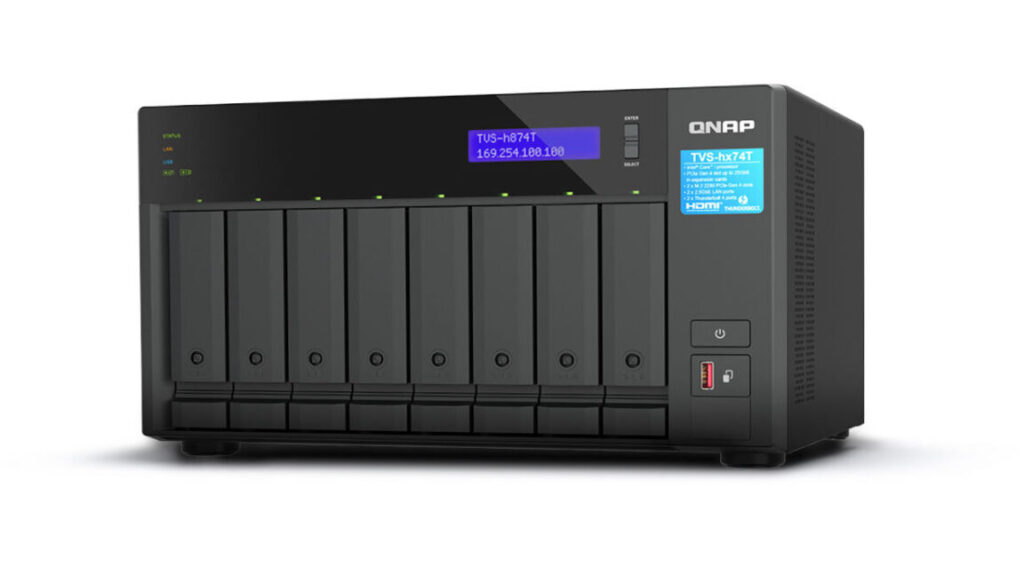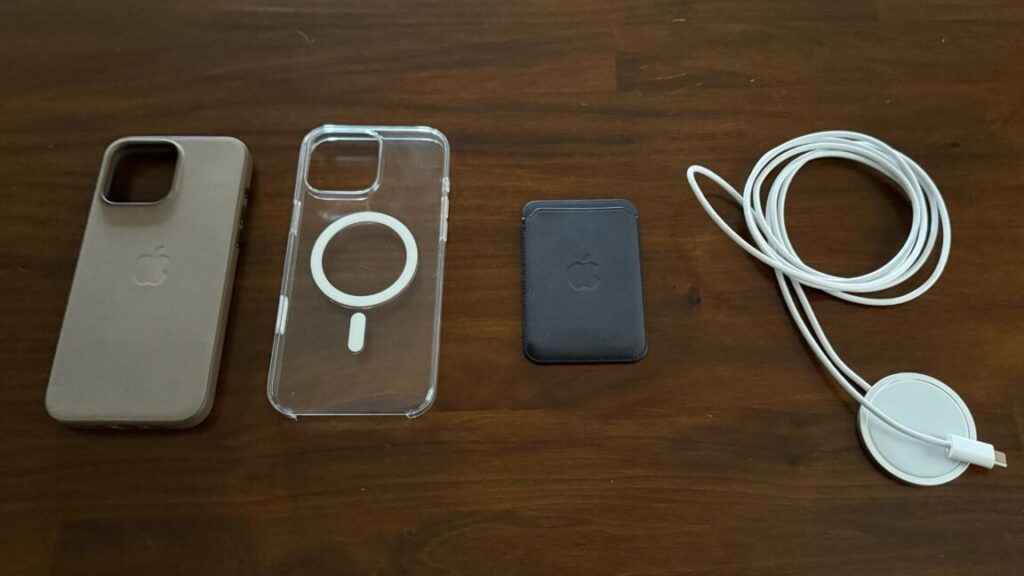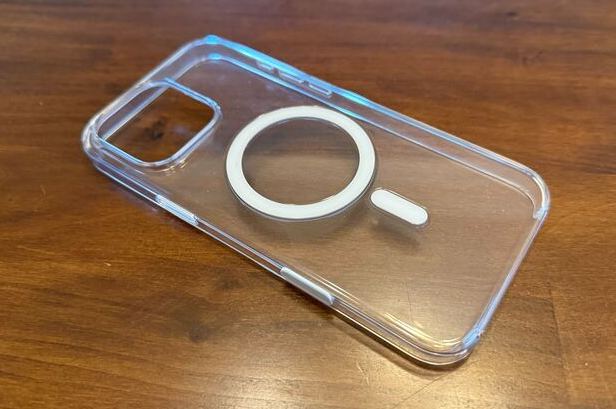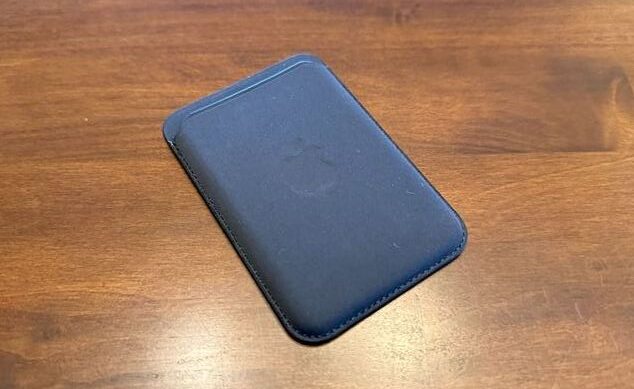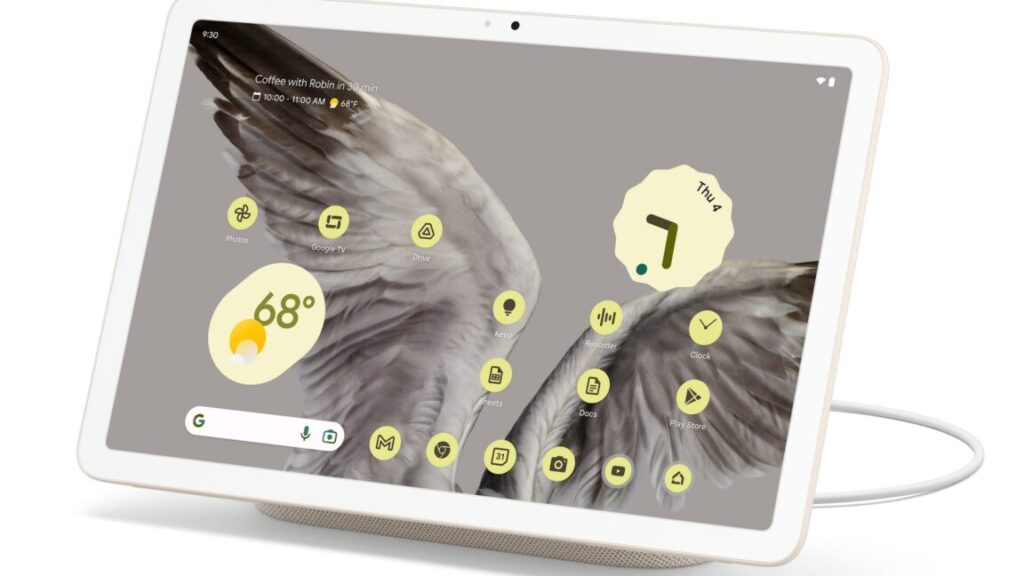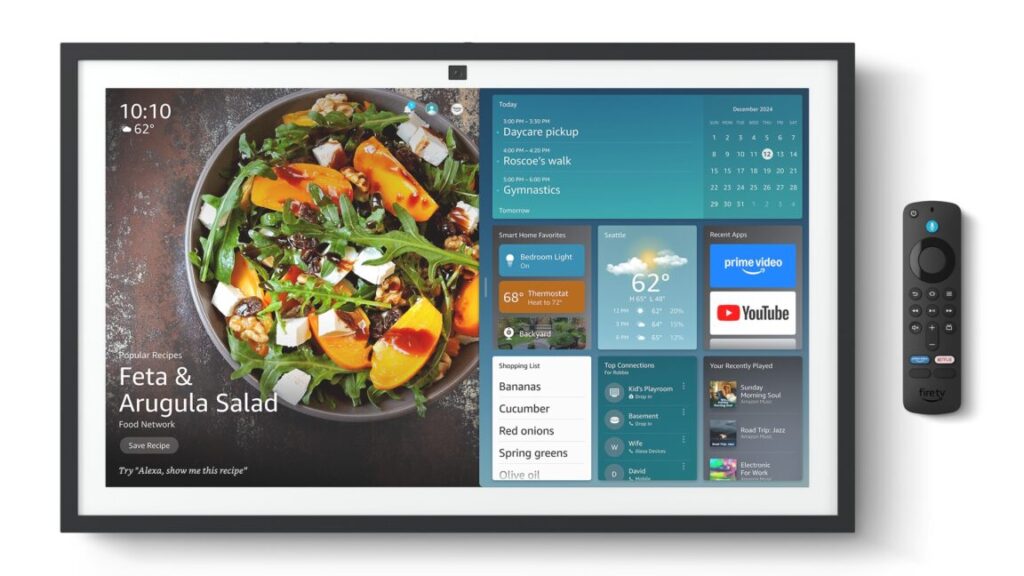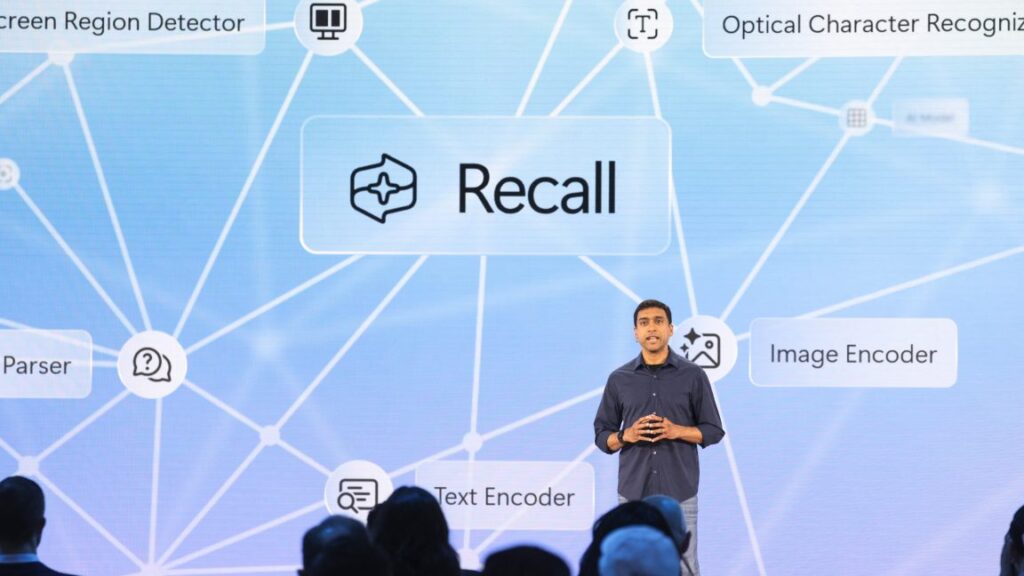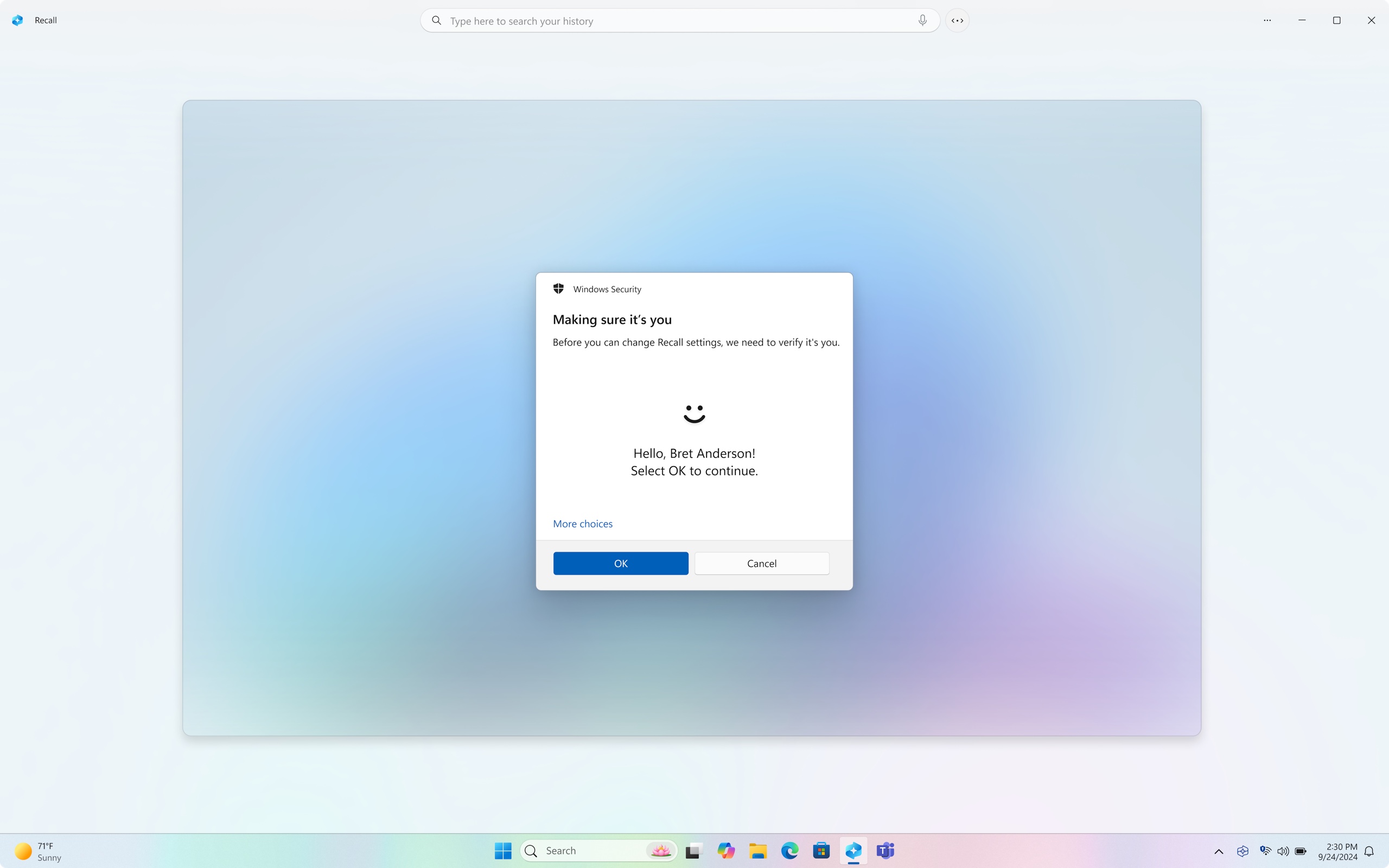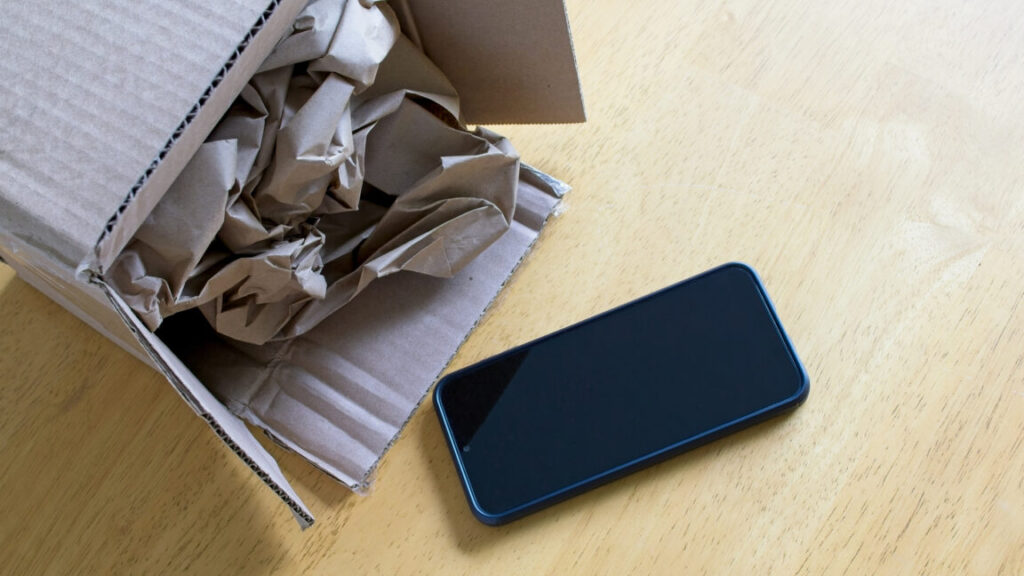Four desk-organizing gifts you don’t technically need but might very much want
Welcome! Credit: Brother
The drawer-sized label maker that will convert you
My quirky wireless keyboard can keep up to three Bluetooth connections memorized. Can I, a human being, remember which of those three connections corresponds to which device and which number? No, I cannot. That’s why there is a little label on the back of my keyboard, reminding me that Fn+Q is the MacBook, Fn+W is the Chromebook, and so on.
Maybe you would do the same, but you don’t want to commit to a whole-danged label maker. That’s why Brother now makes the P-touch Cube. It offloads the typing and design to a phone or computer you already have and crams the heat transfer printing into a 4.5-inch square by 2.5-inch-thick cube. The Plus version can connect to a computer by USB and has a rechargeable battery and automatic label cutter, while the basic version is a pared-down, smartphone-only affair.
Like a lot of devices, the P-Touch Cube software wants you to do a lot more than you probably need it for. But the thing it does—make labels that improve your life, even if you live in the tiniest apartment—is good enough to forgive some very Brother-ish software.
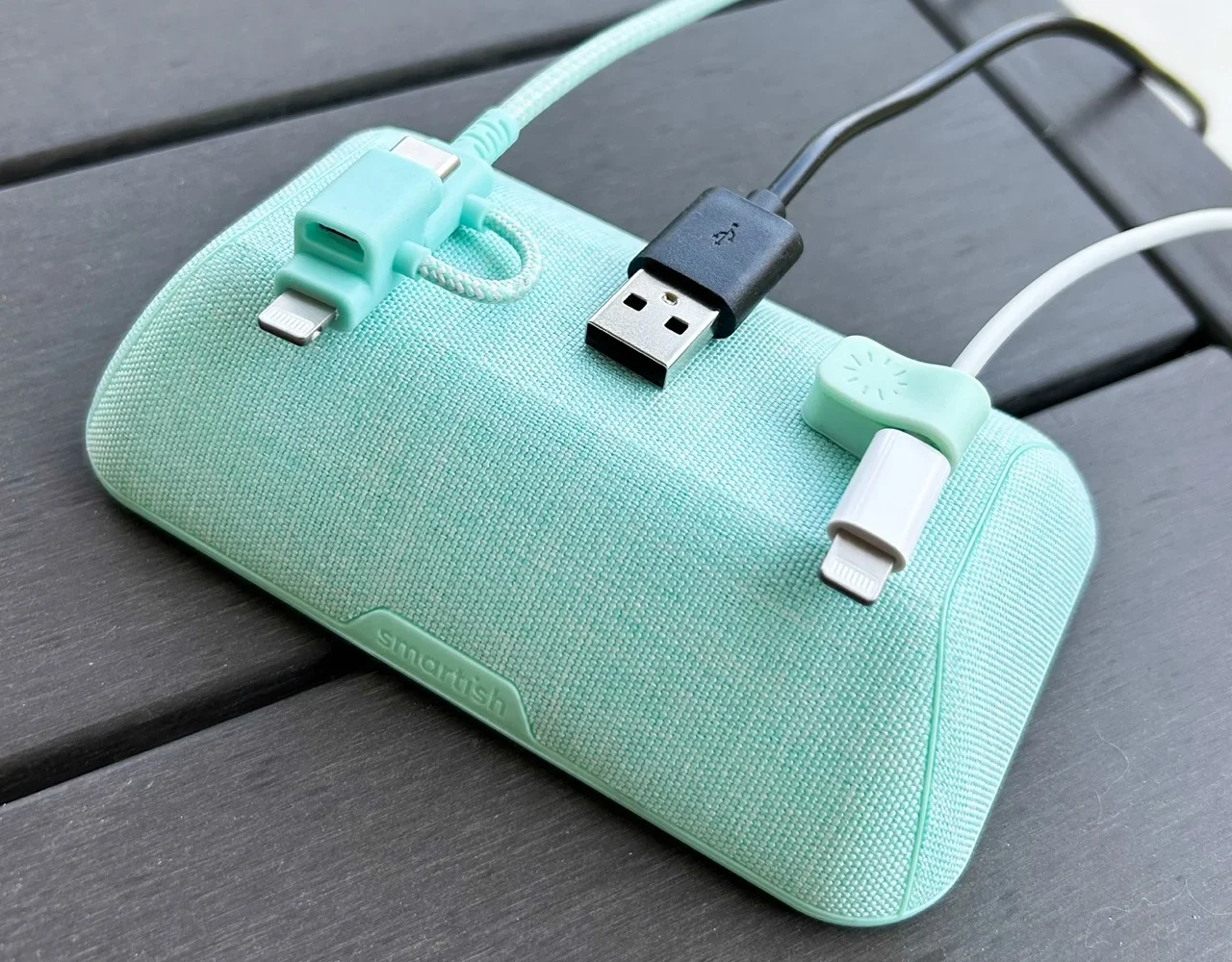
Credit: Smartish
Flexible cable management that looks kinda nice
When I’m rushed or stressed or distracted, I let cables run everywhere. When I have a moment but don’t really have a plan, I bundle them up with reusable twist-ties, Velcro, or zip ties. It’s always hard for me to commit to anything more permanent, because a new desk setup, new ideas, or some new piece of hardware is always around the corner.
The gear that can get past my “That’s too permanent” cable chaos mentality are made of magnets. Specifically, a little cable pillow with magnets inside.
Smartish, maker of good phone cases, makes the Cable Wrangler and Bigger Cable Wrangler in enough colors and finishes that one should be acceptable. It’s a little pad onto which you can place the ends of your cables, or run them through one of the included collars. It can feel silly to have a dedicated magnet pillow for cables, but having and naming the space—”This, here, is where the cables go”—helps me remember not to leave them elsewhere. It’s also great for the cable extenders I use to switch my headphones and mouse between a Mac and a gaming PC.
Ars Technica may earn compensation for sales from links on this post through affiliate programs.
Four desk-organizing gifts you don’t technically need but might very much want Read More »

